Just Released: Is Housing a Good Investment? Where You Stand Depends on Where You Sit
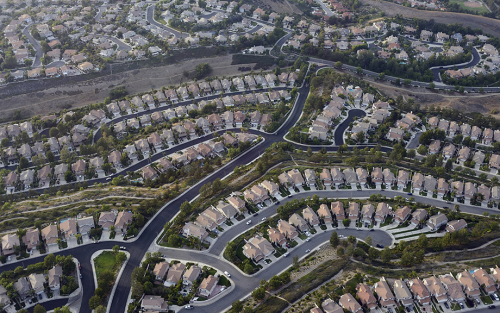
Home price growth expectations remained stable relative to last year, according to the Federal Reserve Bank of New York’s 2018 SCE Housing Survey. Respondents expect mortgage rates to rise over the next year, and perhaps as a result, the share of owners who expect to refinance their mortgages over the next year declined slightly. In addition, homeowners view themselves as more likely to make investments in their homes, and renters’ perceived access to mortgage credit has tightened somewhat. Although the majority of households continue to view housing as a good financial investment, there are some persistent and large differences across regions in the pervasiveness of this view, as this post will discuss.
How Will the New Tax Law Affect Homeowners in High Tax States? It Depends
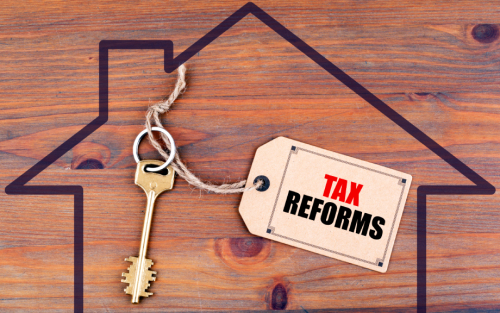
The Tax Cuts and Jobs Act of 2017 (TCJA) introduces significant changes to the federal income tax code for individuals and businesses. Several provisions of the new tax law are particularly significant for the owner-occupied housing market. In this blog post, we compare the federal tax liability and the marginal after-tax cost of mortgage interest and property taxes under the old and new tax codes for a wide range of hypothetical recent home buyers in a high tax state. We find that impacts vary substantially along the income/home price distribution.
Quantities and Prices during the Housing Bust
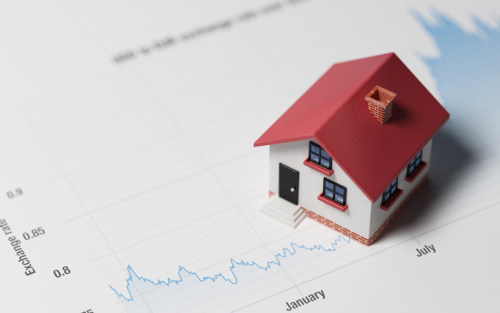
The recent U.S. housing crisis featured explosive growth and collapse of house prices at the national level, with substantial boom-bust pattern variation at the local level. What is less commonly known in the housing market is the behavior of housing quantities. While measures of supply and inventory play an important role in understanding markets, quantity data in housing is traditionally limited to national aggregates. Using a rich new data set of homes listed for sale across a wide range of U.S. housing markets, this post explores whether the collapse in prices from 2006 to 2009 owed more to a flood of houses on the market (higher supply) or a dearth of sales (lower demand).
Landing a Jumbo Is Getting Easier
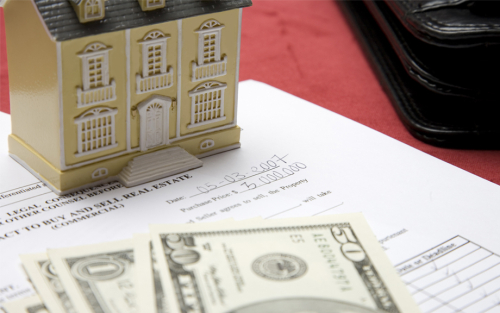
Andreas Fuster, James Vickery, and Akhtar Shah The United States relies heavily on securitization for funding residential mortgages. But for institutional reasons, large mortgages, or “jumbos,” are more difficult to securitize, and are instead usually held as whole loans by banks. How does this structure affect the pricing and availability of jumbo mortgages? In this […]
Just Released: Great Recession’s Impact Lingers in Hardest‑Hit Regions

The New York Fed’s Center for Microeconomic Data today released our Quarterly Report on Household Debt and Credit for the fourth quarter of 2017. Along with this report, we have posted an update of state-level data on balances and delinquencies for 2017. Overall aggregate debt balances increased again, with growth in all types of balances except for home equity lines of credit. In our post on the first quarter of 2017 we reported that overall balances had surpassed their peak set in the third quarter of 2008—the result of a slow but steady climb from several years of sharp deleveraging during the Great Recession.
At the New York Fed: The Appropriate Government Role in U.S. Mortgage Markets
While the U.S. mortgage finance system was at the center of the recent financial crisis, it remains largely untouched by legislative reforms. At the center of these conversations are Fannie Mae and Freddie Mac—both of which were placed into federal conservatorship in September 2008.
Diplomas to Doorsteps: Education, Student Debt, and Homeownership
QE Frictions: Could Banks Have Favored Refinancing over New Purchase Borrowing?
Being Up Front about the FHA’s Up‑Front Mortgage Insurance Premiums
A Close Look at the Decline of Homeownership

The homeownership rate—the percentage of households that own rather than rent the homes that they live in—has fallen sharply since mid-2005. In fact, in the second quarter of 2016 the homeownership rate fell to 62.9 percent, its lowest level since 1965. In this blog post, we look at underlying demographic trends to gain a deeper understanding of the large increase in the homeownership rate from 1995 to 2005 and the subsequent large decline. Although there is reason to believe that the homeownership rate may begin to rise again in the not-too-distant future, it is unlikely to fully recover to its previous peak levels. This is a disconcerting finding for those who view homeownership as an integral part of the American Dream and a key component of income security during retirement.











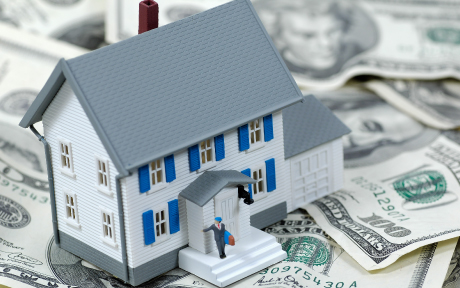

 RSS Feed
RSS Feed Follow Liberty Street Economics
Follow Liberty Street Economics